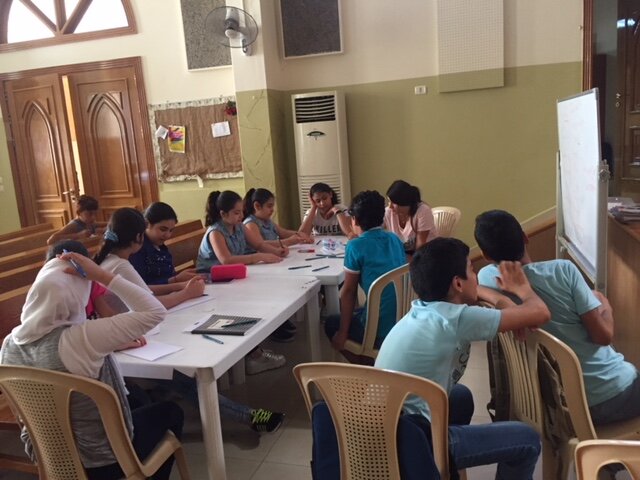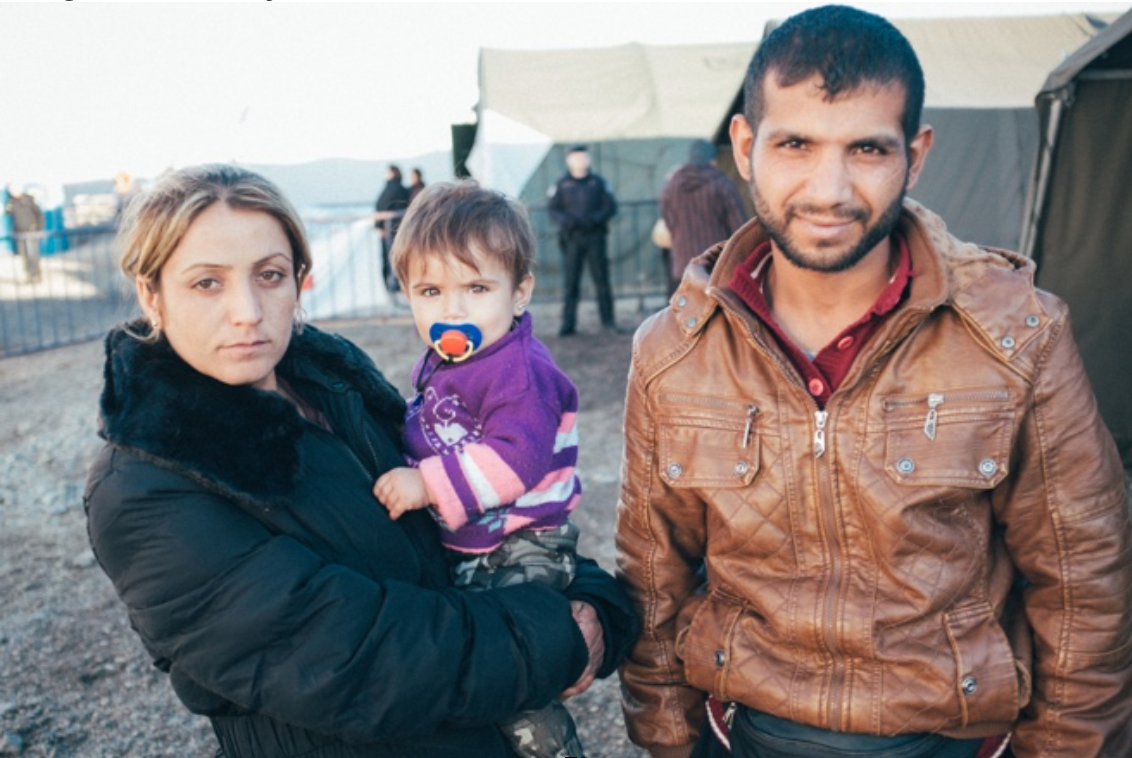On the set of her latest film Between Borders, actress Elizabeth Tabish (The Chosen, The Best Christmas Pageant Ever) testifies before a judge. From the witness stand, her character recounts a humiliating experience as a refugee, forced to repeat the phrase that she was “quieter than water and lower than grass,” in order to secure a job. The actress’ eyes well up with tears, and not all are for show.
There are many Venezuelan families arriving week after week to Colombia in search of refuge, help, and the hope of starting a new life. Many flee from the violent situations and inequality at home, but above all, they flee from hunger. If they have the financial means, families arrive by bus. But those who have enough are few. In reality, the majority come by foot—with a backpack, their newborn babies, wives, husbands, uncles, grandparents, and anyone who can get out. They carry only what they need to survive, hoping to find help along the way.
In Przemyśl, Poland, the global Church of the Nazarene has been responding since the onset of war in Ukraine.
When the war broke out, the first Nazarene responder at the Polish-Ukrainian border was a Syrian pastor, seeking ways to serve. Soon after, a team formed, putting out the call for volunteers to come and physically provide resources to the hundreds of thousands of people fleeing their homes.
Though the biblical narrative often depicts the community of God as a people on the move, believers living within the reality of displacement face challenges as worshipers when forced to leave their homes and communities. For the District Superintendent of Ukraine, Volodymyr Masyuk, and his partner in life and ministry, Sylvia Cortez Masyuk, displacement in the midst of war presents obstacles for gathering with the community of faith and brings them to contemplate the hope of Christian worship: Resurrection.
Today, read about a boy and his father who connected with caring Nazarene volunteers while living in a refugee camp in Serbia. The Courage for the Journey project cares for adults and children living as refugees across several European countries.
Sahir*, 10, fled Syria with his two sisters and parents after enduring seemingly endless violence and attacks. Though they now live in relative safety in a neighboring country, the family struggles to make ends meet, and the young children were left traumatized by the violence and fear they’d experienced.

In 1996, a 26-year-old man named Luc Ntahobari fled from his home country of Burundi. For three years, civil war had been raging across the country, pitting ethnic Hutus and Tutsis against each other. Set off by the first multi-party elections since independence, the war lasted 12 years. Children were widely recruited as soldiers, and it is estimated that over 300,000 people died. As Luc describes it: “It was terrible the killing that started. My prayer for myself was that I would be killed so that I would not have to kill someone.”
On an early spring morning in Kent, Washington, a group of women are gathered around a tall cutting table, watching Sandy Appl demonstrate how to use a rotary cutter. The device, which looks a lot like a tiny pizza cutter, makes cutting strips of fabric as easy as drawing a line.

